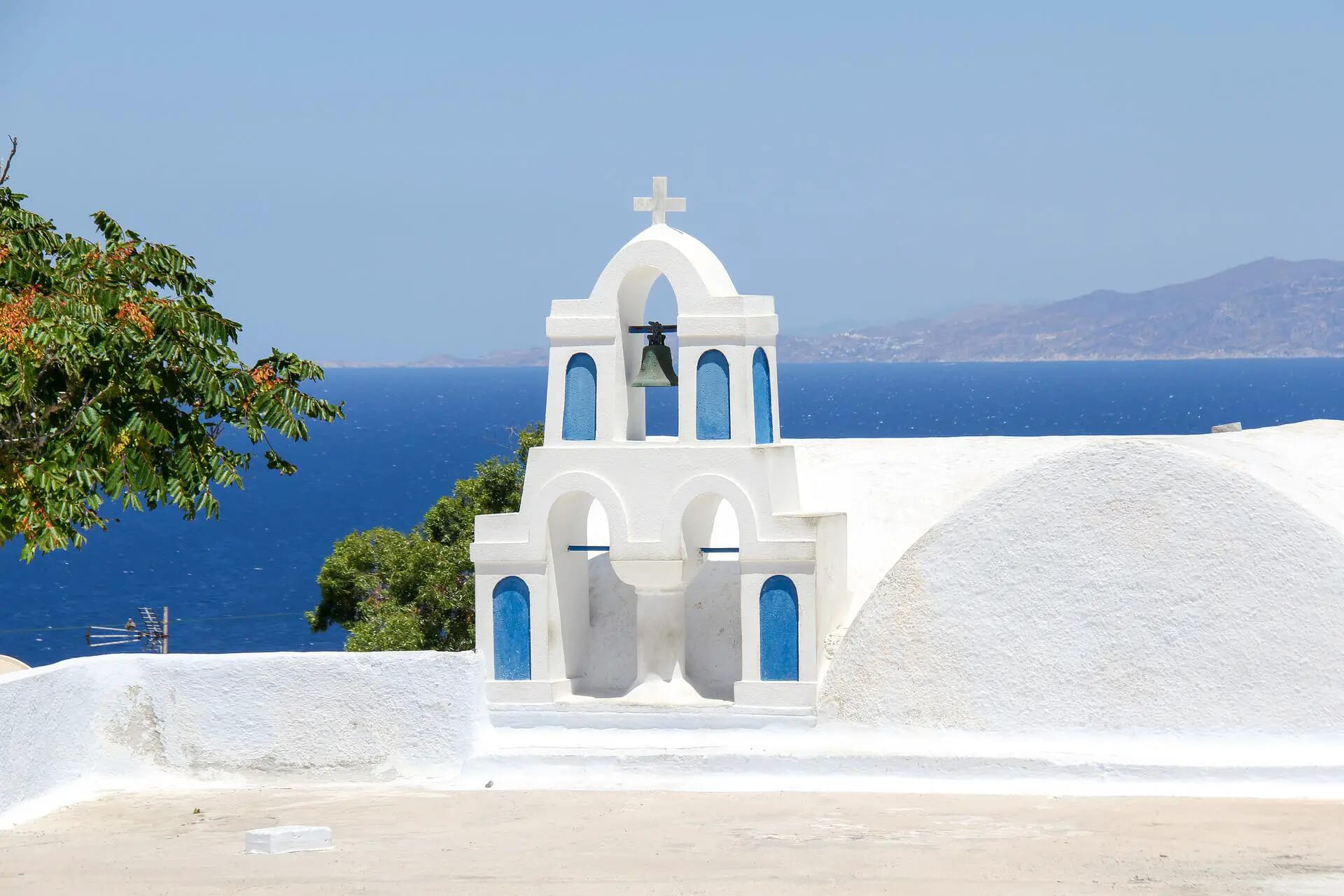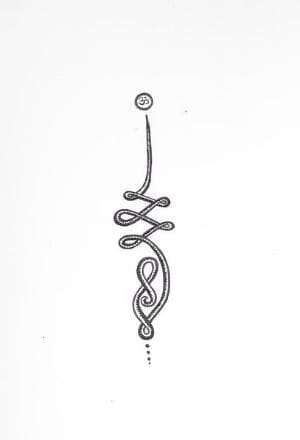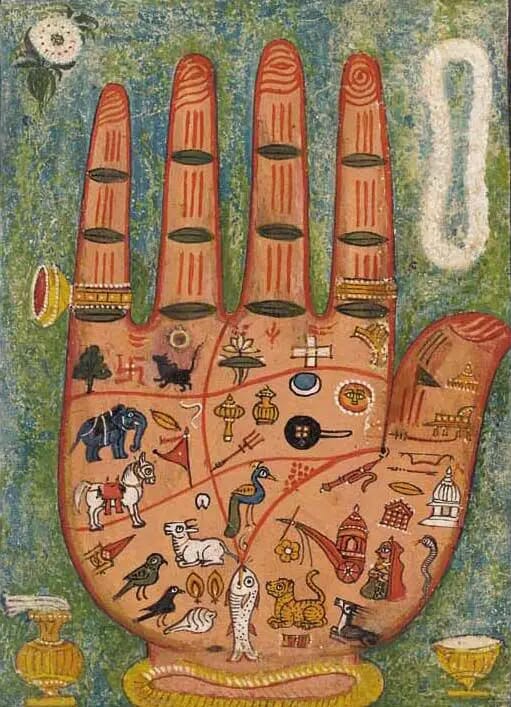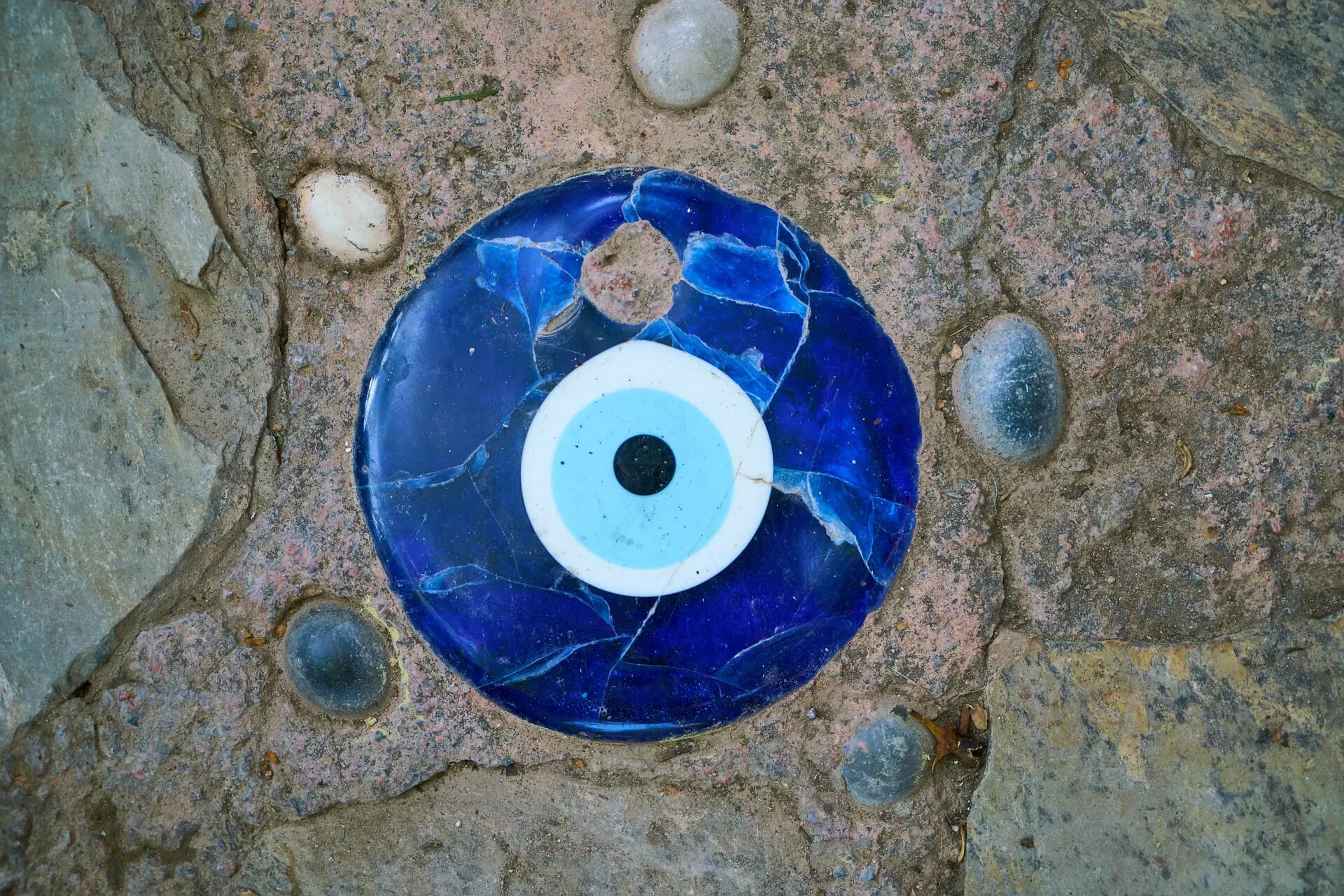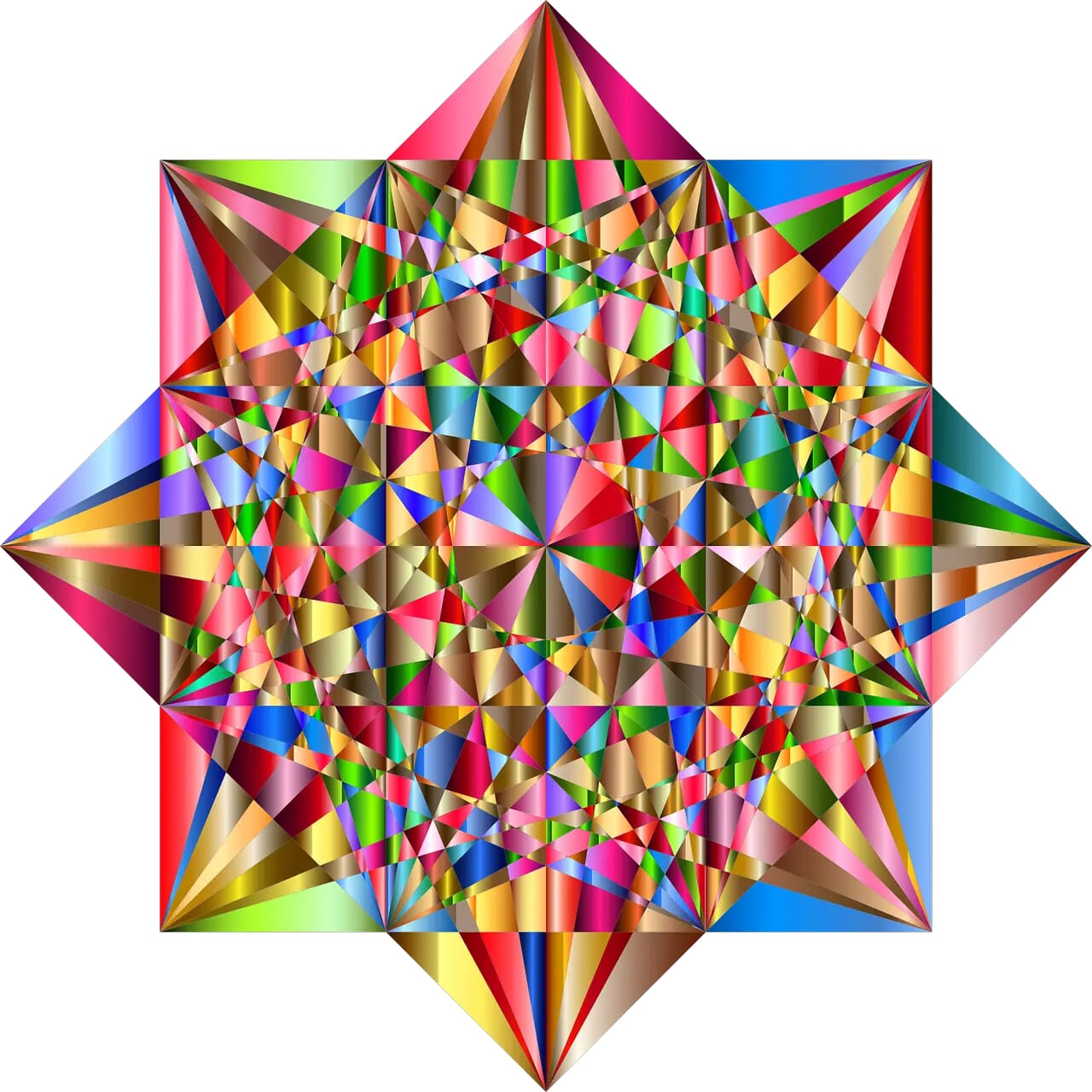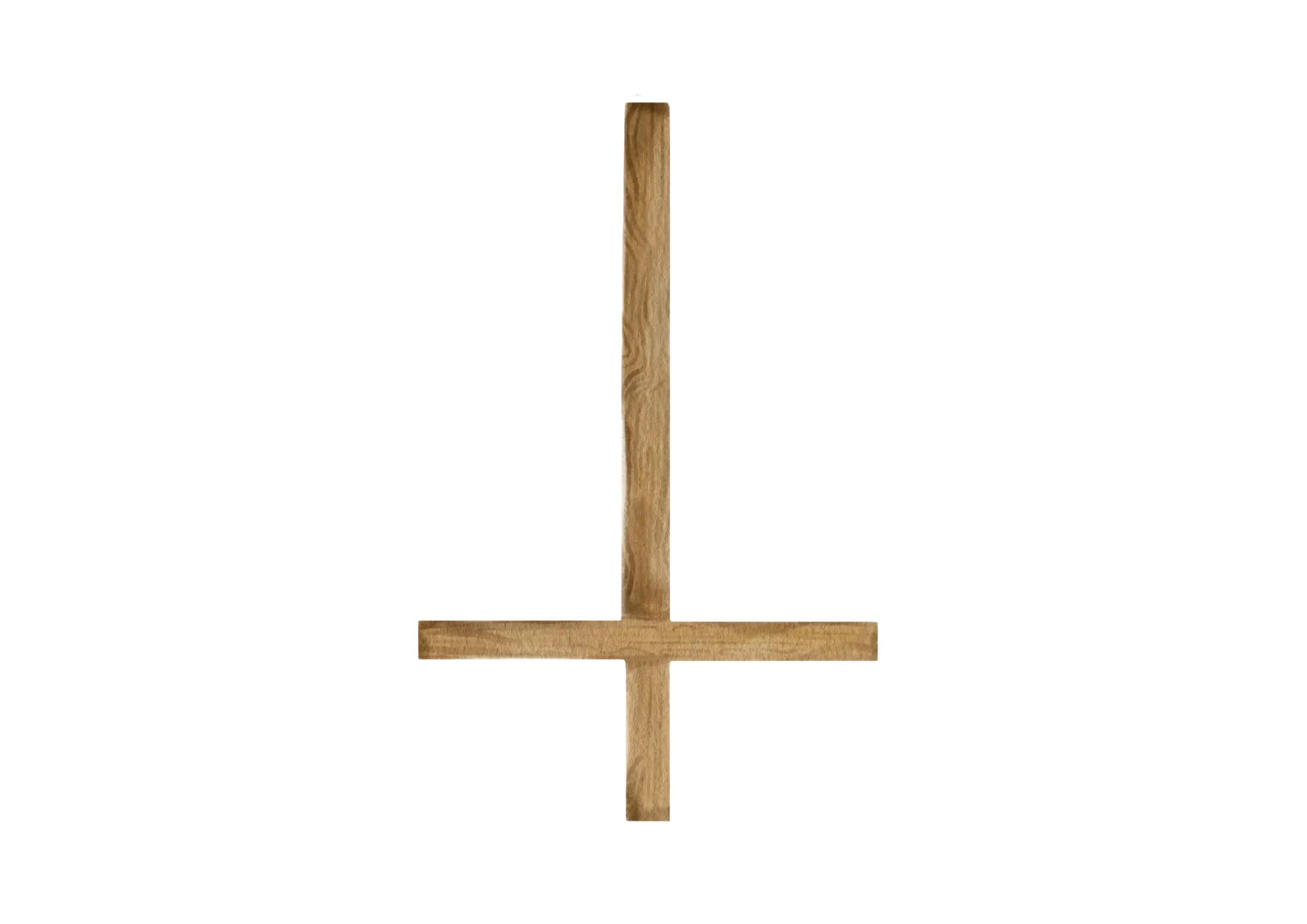Last Updated on December 19, 2023
What is the Meaning of Crosses?
Recognizes as a symbol of religion and faith universally, is the cross. Faith is strong belief in God or in the doctrines of a religion, based on spiritual apprehension rather than proof. Therefore, so many religious writings focusing on God supposedly are myths. Tales that teach us to have faith in the holy spirit.
In any regard, various religions have always served to bring people together and provide hope to the desperate. Believing in something that scientists can’t prove is fascinating. It’s an evidence of a higher power that is unexplainable.

Different types of crosses have been around since before Jesus Christ, each symbolizing something different for the cultures that valued them. There are, nevertheless, various secular implications depending on the different crosses.
Since the beginning of time, Egyptians, Persians, Greeks, Europeans, Syrians, and Indians have used the cross to symbolize faith. Some of them also wore it as an accessory, and it was also present in Buddhism and pagan beliefs.
Key Takeaways
- Christian Symbolism: Represents the crucifixion and resurrection of Jesus in Christianity.
- Universal Symbol of Balance: Signifies the meeting point of opposites, balancing earth and heaven, matter and spirit.
- Ancient Symbolism: Often symbolized the sun and life in ancient cultures.
- Protection and Warding Off Evil: Used as amulets or talismans for protection against evil.
- Celtic Cross Symbolism: Represents the eternal cycle of life, death, and rebirth, with the circle signifying eternity.
- Swastika Symbolism: Originally symbolized auspiciousness and good fortune, but its meaning was altered in the 20th century.
- Native American Symbolism: Used to symbolize the meeting point of the four cardinal directions, representing a sacred space.
- Alchemy and Hermeticism: Represents the unity of opposing forces and the transformation of base materials into spiritual gold.
- Protection in Heraldry: The Maltese cross, in heraldry, symbolizes protection and courage.
- Unity in Diversity: Symbolizes the coming together of different paths or elements, representing unity in diversity.
- Memorial and Gravestones: Commonly used on gravestones and memorials, symbolizing remembrance and honoring the deceased.
The Difference Between Crosses
The distinction between the religious and heraldic should be certain. Most Christian cross variants were related to Christian religions. During the war, the heraldic demonstrated their faith and helped distinguish their enemies on the battleground.
It’s crucial to understand the various historical origins of all these different types of crosses to appreciate their symbolism and designs.
RELATED: Cross-Cultural Look at 24 Strength Symbols and Meaning
Ankh, the Egyptian cross
Ankh Symbol: Life Cross of Ancient Egypt
- The Ankh, or Life cross, is an ancient Egyptian symbol, distinct from Christian crosses.
- Features an upside-down teardrop instead of the uppermost arm and is a recognized hieroglyph.
Symbolic Meanings
- Represents the concepts of life, divine right to rule, life after death, and eternal life.
- Often depicted as an offering from Egyptian gods to kings.
Legend and Nile Overflow
- Legend links the Ankh to the Nile River’s overflow during the union of Isis and Osiris, bringing fertility to Egypt’s lands.
- This association emphasizes the Ankh as a symbol of Egypt’s key and life.

The Greek
Greek Cross: Ancient Symbol Predating Christianity
- The Greek cross, predating Christianity, features four equal-length arms.
- Some interpret the four arms as representing the four natural elements: fire, earth, water, and air.
Ornamental Design and Symbolic Use
- A popular ornamental design seen in clothing, structures, accessories, and architecture.
- Pythagoreans, emphasizing its significance, swore oaths on this symbol. Egyptians also incorporated it into their designs.
Christian Adoption and Usage
- Widely used by the Eastern Orthodox Church in the early years of Christianity.
- Found in symbols like the Red Cross banner and the Greek national flag.

Sun
A Sun cross, known as the Solar cross, and the Wheel cross too, is essentially an equal length four spike one like the Greek’s. The only difference is that a circle surrounds the four arms.
One of the earliest variants in the world is the solar. During the Bronze and Neolithic Ages in Europe, discovered as a sign of ancient religion.

This, however, is not unique to Europe. Many cultures have used it throughout history, including the Indians, Egyptians, Native Americans, and Persians.
People of various faith use this sign to represent the sun, another name for this sign is pagan cross. Egyptian kings treasures it as it represents the sun.
Represents the four seasons of the year and the sun in Wicca. It symbolizes the earth in astrology.
The Latin
Symbol of Crucifixion
The Latin cross, Christianity’s prominent symbol, represents Jesus Christ’s crucifixion and serves as the primary emblem of the faith worldwide.
Distinctive Design
Characterized by equal top, left, and right arms, the Latin cross is the most recognizable cross style, often adorned with sculptures or paintings of Jesus and saints in Catholic churches.
Variations in Design
While typically having equal arms, variations may include a shorter upper arm and a more extended lower arm.
Endorsement by Constantine
In the 4th century, Constantine the Great declared the Latin cross as Christianity’s main symbol, solidifying its significance in the faith.
Devotional Use
Some Christians utilize the Latin cross as an aid in prayer, and it is commonly worn as a necklace or carried as a trinket for solace, comfort, and as an expression of faith.

RELATED: 308 Of Sri Sri Ravi Shankar’s Most Influential & Inspiring Quotes To Find Peace
Crucifix
The Crucifix is a Latin cross with the body of Jesus Christ on it. Body in Latin is “corpus”. There are two different types of crosses when it comes to the Crucifix. One is with a three-dimensional body of Christ on it, while on the second, it is simply his painting on the cross.
Crucifixion is a punishment for individuals who are guilty of breaking the law or the faith.

After convicted of crucifixion, they strip and whip Christ with a scourge. Nine leather tails or strong ropes with knotted ends make up this object. Scourging is a type of punishment. After the lashing, he carried his cross to Golgotha hill in Jerusalem, where he would die.
The word crucifix came from the Latin “cruci” and “fixus,” which means “one who is fixed to the cross.” It refers to a somewhat different variant of the Latin cross.
Chi Rho
Christogram Origin
The Chi-Rho cross, dating back to the Byzantine Empire era, is one of the oldest Christograms. It combines the Greek letters X (Chi) and P (Rho), symbolizing Christ’s name.
Etymology
The letters X and P were chosen as they represent the first two letters of Christos, meaning “anointed one” in Greek.
Historical Significance
Constantine the Great, after having the Chi-Rho drawn on his soldiers’ shields, emerged victorious in a battle. This event is considered crucial as it played a role in making Christianity the official religion of the Roman Empire.
Symbolic Importance
The Chi-Rho cross is recognized as one of the most significant symbols in Christian history, contributing to the widespread acceptance of Christianity. It is now present in many Catholic and some Protestant churches.

Maltese
The Maltese cross is made up of four V-shaped rectangular shapes that connect in the middle to form a cross with eight points. The overall appearance resembles four arrows coming together in the center.
At the time of the Crusades, the Maltese cross was originally used as the official badge of the Knights Hospitallers. They were based on the Maltese island, from which the cross gets its name.
Although the eight-pointed cross became common in the Middle Ages, research shows the Maltese cross goes back to the Byzantine era in the 6th century.

It is a well-known symbol in Malta today. Included in the logo design of Air Malta, the island’s national airline, for instance.
Also featured on the logos of firefighting departments across the globe, which is a noteworthy observation. The symbol of firefighters’ sacrifice and dedication to save those in need, just as the crusaders did with their eight-pointed cross.
Patriarchal
Heraldic Symbol: The Patriarchal cross, featuring two bars, is the traditional heraldic symbol of the Roman Catholic Church and its archbishops.
Inscription Tradition: The highest bar often bears the name of the one to be crucified, commonly inscribed with the INRI symbol for Christ, denoting “Jesus of Nazareth, Jewish King.” This practice originates from Pontius Pilate, the governor who ordered Christ’s execution, reacting to Jesus’ declaration of this name.
Widespread Presence: The Patriarchal cross is visible on various flags, including those of Slovakia and Hungary, as well as in other contexts.
Distinctive Features: Often confused with the Lorraine and Orthodox crosses, the Patriarchal cross has slight distinctions. Notably, the bottom bar is positioned lower on the upright post in the Lorraine cross, setting it apart from the Patriarchal.

The Orthodox Cross
Name: Russian Orthodox Cross
Variants: Russian, Russian Orthodox, Slavonic
Symbolism: Variant of the Patriarchal Cross, main symbol of the Russian Orthodox Church
Design Difference: Third horizontal bar at the bottom of the upright post, representing the crucified person’s footrest
Historical Roots: Similar symbols used by Byzantines in the 6th century; adopted by the Russian Orthodox Church in the 16th century
Tilted Line: Some versions have a slightly tilted line, believed to memorialize the two others crucified beside Jesus Christ (Saint Dismas and Gestas)
Purpose: Signifies religious identity and affiliation with the Russian Orthodox Church
Cultural Adoption: Widely embraced as a significant religious symbol in Russian Orthodox culture.

The Cross of Lorraine
- Cross of Lorraine has various variants, with the most common featuring two horizontal bars of equal length on a vertical post.
- Also known as the Lithuanian, double, and Anjou cross.
- Originated in 4th-century France.
- Worn by Free French Forces in World War II against the Nazis.
- Used in the early 20th century to commemorate Lithuania’s independence, representing government branches.
- Widespread use by the Lithuanian army, public figures, and pilots.
- Appears on the coat of arms of Slovakia and Belarus.
- Universally symbolizes faith and hope, providing protection against evil forces.

The Jerusalem
Also known as the Crusader’s, Five-Fold, and Cantonese cross, it is a symbol with a central cross with arms of the same length, surrounded by four small Greek crosses in each corner. With five crosses in total, some believe the Jerusalem’s the five wounds Jesus Christ suffered when he was crucified.

The Jerusalem’s may be dated back to the 11th century. The Crusaders had gained control of Jerusalem after converting the region to Christianity.
Later, several other crusader states adopted this symbol and wore it on their coat of arms. The Jerusalem cross can now be seen on Georgia’s national flag.
The Papal
The Papal cross is also known as the Papal staff, and the Papal triple cross has three horizontal bars, going from longest to shortest from the middle going up the vertical post. This is also a very well-known Christian cross.
This represents the Pope and the papacy in the same way that the Patriarchal’s, also referred to as the Archiepiscopal cross, represents archbishops.
It appears in many sculptures of Popes as a sign of authority and rank. The third bar symbolizes the Pope’s superior ecclesiastical status to an archbishop. The Holy Trinity is thought to be represented by the three bars.
Today, Pope Francis is the head of the Catholic church, and it also symbolizes the Holy Trinity, or the Church, Heaven, and Earth.
The Celtic
- Essentially a Latin cross within a circle, also known as the Ringed or High cross.
- Origin is unclear, but research suggests use before Christianity with pagan ties.
- Popular Christian cross symbol, representing Scottish, Welsh, and Irish roots.
- Widely recognized as symbols of cultural and religious values for individuals of Celtic ancestry.
- Found in various forms, from massive towering structures to headstones in British cemeteries.
- Symbolizes Christian faith and spirituality, often depicted as artworks with Celtic knots.
- The incorporation into Christianity has various theories, one suggesting Saint Patrick’s role in blending solar and Latin crosses to evangelize pagans in his country to Christianity.
- Emphasis on the sun’s life-giving abilities made it more acceptable to pagans while highlighting its significance.
The Tau
Other names for this are the cross of St. Francis, Saint Anthony’s cross, Crux Commissa, and Franciscan Tau cross. It is primarily called the Tau cross because it resembles the Greek letter “tau” and looks like an upper-case letter T.
Some historians believe that Christ was crucified initially on it. This was thought to be a mark put on the foreheads of God’s chosen people who desired to be saved in the book of Ezekiel. It is associated with St. Anthony and St. Francis.
While the Tau cross is linked with Christianity, it was significant to Pagan cultures long before Christianity.
Because it was later embraced by Saint Francis, the T-shaped cross is now known as the Saint Francis cross and has become one of the symbols of the Franciscan Order.
Coptic
- Symbolizes Coptic Christianity, the major Christian religion in Egypt.
- Various shapes, some inspired by the ancient Ankh symbolizing eternal life.
- Spread initially in Egypt under the leadership of Saint Mark.
- Diverged from mainstream Christianity in 451 CE due to theological disagreements.
- Developed separately from other Christian groups after Muslim Arab conquest in the 7th century.
- Coptic Christianity has its own set of beliefs and rituals.
- Consensus on certain matters with the Greek Orthodox Church in recent decades.
- Most popular type has equal-length bars with or without a circle, symbolizing the Holy Trinity.
- Main symbol of the Coptic Orthodox Church and the Coptic Catholic Church today.

Saint Andrew’s Cross (Saltire)
He was a major Christian figure who was the patron saint of several countries, including Scotland, Romania, Barbados, and Ukraine.
This is another one of those crosses that one can see on a flag. Unlike the Scandinavian crosses used by many countries, it is solely used in Scotland. The name “saltire” comes from the word “saulteur,” which refers to one with equal-length diagonal bars in French.

The tale surrounding the creation of St. Andrew’s cross is unique. They believe that before the martyrdom of Saint Andrew, he asked that his execution be not like Jesus, for he did not think he is worthy of dying the same way. Saint Andrew was instead crucified on an X-shaped or saltire.
Forked Cross
The forked cross, or the Ypsilon cross, Y-cross, or thief’s cross, first appeared in the 13th century. It is particularly popular in Germany’s Rhineland region.
The name “thief’s cross” or “robber’s cross” comes from the belief that during the Roman Empire, the punishment for thieves is by crucifiction on this Y-shaped cross.
According to some theories, the Ypsilon or Forked represents the Tree of Knowledge. Sent out of paradise, because Adam and Eve committed sin as they ate the fruit of the Tree.
The Upside-Down Cross
An inverted Latin’s variant, Petrine and Saint Peter’s cross is the name.
Saint Peter, like Saint Andrew have a request to be hang upside down, because he did not believe he was worthy of an execution like unto Jesus Christ, that is according to some stories.
In modern times, this is a sign of anti-Christian, because Satanists adopted it as a symbol expressing the renunciation of Christianity and Jesus Christ.
RELATED: Upside-Down Cross Meaning and Symbolism (Here are Interesting Facts)
Anchored Cross
- Mariner’s Cross, a variant of the Latin cross, resembles an anchor.
- Also known as St Clement’s Cross, linked to the martyrdom of Saint Clement thrown into the Black Sea with an anchor.
- Affiliated with Christianity, symbolizes a spiritual journey guided by Jesus Christ.
- Embracing Christ ensures staying on the right path, finding hope amid challenges.
Templar Cross
Aside from the Latin and Orthodox crosses, the Templar Cross is among the most well-known crosses.
Worn by knights with symbolic value for them. Believing that it represents their devotion, they fight to death in battles as an honor and as a result to go to paradise.
During the Knights Templar battles, they wear it like a banner on a white and black background. Around 700 years ago, they were thought to have disbanded.

San Damiano cross
This is a one of a kind crucifix that St Francis of Assissi prayed to. While praying with the San Damiano cross, St Francis likely receive instructions to reconstruct the Lord’s church. Many Christians hold it in high respect, with Franciscans treasuring this as their main symbol connecting them to the Holy Spirit.
The Grapevine Cross
Because of the two side arms that seem to droop a bit, it is easy to recognize. Other names for the Grapevine cross are Saint Nino’s cross and the Georgian cross. Around the 4th century, the Kingdom of Iberia used it. Iberia declared Christianity to be the major religion at the time.
Saint Nino’s connection with Mother Mary inspired the construction of it. Mother Mary knotted the cross in her locks to hold it in place.

Marian Cross
The Marian cross is an unofficial name for a Roman Catholic crucifix. It consists of a regular Latin’s with the right arm extended and a letter “M” in the lower right quadrant (for the Virgin Mary). The Latin cross is sometimes merge with M.
This was most recently seen on the coat of arms of Pope John Paul II, which was prominently exhibited on his coffin at his funeral, though it has previously not been used.
It symbolizes Mother Mary’s devotion and love for Jesus Christ.
Frequently Asked Questions
What is the significance of the Latin Cross?
The Latin Cross, Christianity’s most well-known symbol, represents Jesus Christ’s crucifixion. Widely used by Catholics, it has equal top, left, and right arms.
What is the Chi-Rho Cross?
The Chi-Rho Cross is a Christogram from the Byzantine Empire, created by combining the Greek letters X (Chi) and P (Rho). It played a crucial role in Constantine the Great’s victory and the acceptance of Christianity.
Tell me about the Patriarchal Cross.
The Patriarchal Cross, with two bars, is a heraldic symbol of the Roman Catholic Church. The highest bar often bears the inscription INRI, representing Jesus of Nazareth, Jewish King.
What characterizes the Cross of Lorraine?
The Cross of Lorraine has two horizontal bars of the same length on a vertical post. Originating in France, it symbolizes faith and hope, notably used by the Free French Forces in World War II.
What is a Celtic Cross?
The Celtic Cross, essentially a Latin cross within a circle, is associated with Scottish, Welsh, and Irish roots. Its origin is unclear, but it symbolizes Christian faith and spirituality, often depicted with Celtic knots.
Explain the Coptic Cross.
Symbolizing Coptic Christianity in Egypt, the Coptic Cross comes in various shapes, some inspired by the ancient Ankh symbol. It represents the Holy Trinity and is a main symbol for the Coptic Orthodox and Coptic Catholic Churches.
Are there variations of these crosses?
Yes, each cross type may have variations in design, but they generally retain their core symbolism. For example, different styles of the Latin Cross exist.
What cultural and religious values do these crosses represent?
These crosses symbolize various cultural and religious values, such as the Christian faith, hope, and cultural identity for specific groups or regions.
How can I incorporate these symbols into my daily life or personal belongings?
You can wear cross symbols as jewelry, incorporate them into your home décor, or even get them as tattoos if they hold personal or spiritual significance for you.
Can these crosses be used in different religious contexts?
While some crosses, like the Latin Cross, are specifically Christian symbols, others like the Cross of Lorraine may have broader applications and interpretations. Always be mindful of the cultural and religious contexts when using these symbols.
- Affirmations - January 26, 2023
- 22 Most Popular Viking Symbols (Norse Mythology) - August 3, 2022
- Vegvisir Symbol (Norse Mythology And Modern Times) - July 29, 2022

